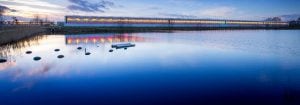Be the first! Get the latest news and updates - Subscribe to our newsletter!
Press releases
Stay informed with the latest news about our LED lighting in horticulture. Below you can find an overview of the latest press releases from Philips Horticulture LED Solutions.
2025
2024
2023
2022
Contact us
Contact certified partners
Philips products are sold through a global network of certified partners. Find partners in your region for more information about Philips LED grow lights.
Contact Philips
What are the best LED grow lights for your situation? We are here to help. Please use our form to submit your request.
Interested?
Learn more about LED lighting in horticulture by reading our latest articles and case studies.

